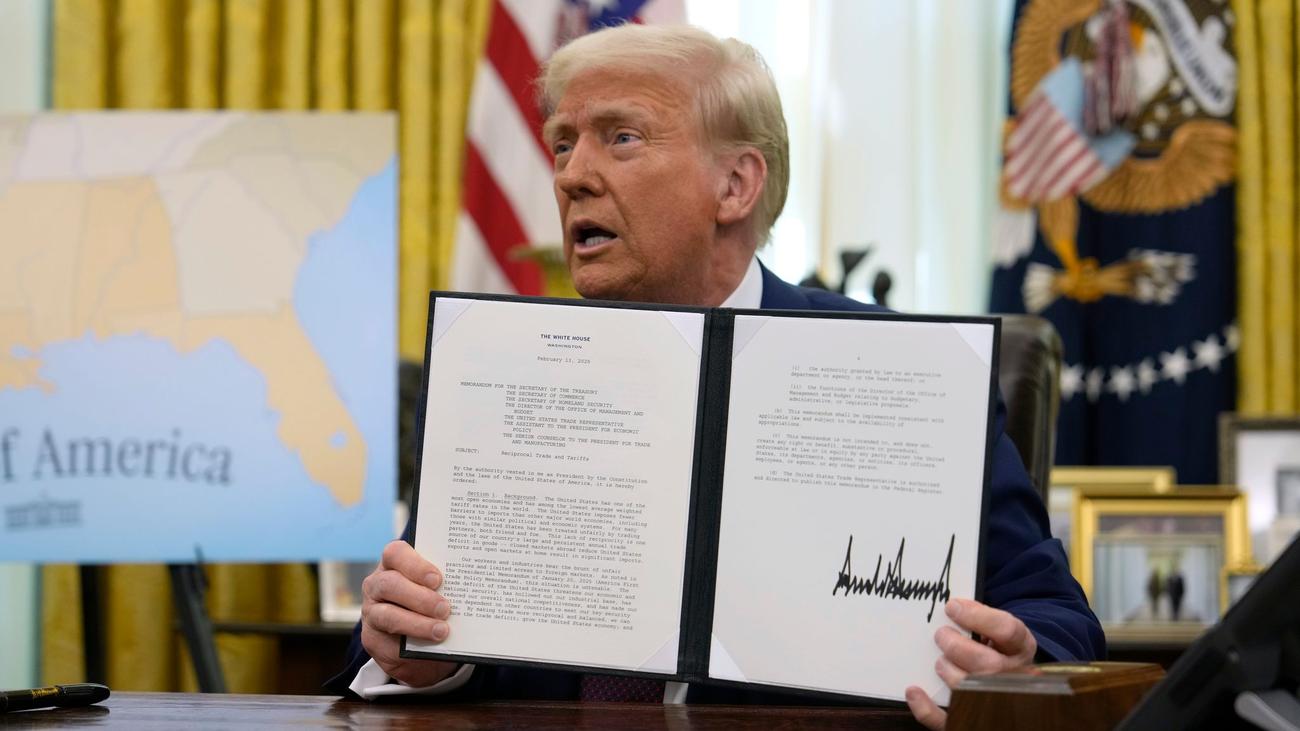
President Trump Unveils Sweeping New Tariffs
Introduction:
US President Donald Trump has initiated a new round of comprehensive tariffs on a wide range of foreign goods. The announcement, made by the Republican President, is aimed at rectifying perceived trade imbalances and countering unfair treatment by other countries.
Reciprocal Tariffs:
The new tariffs will be reciprocal, meaning the US will increase import duties on goods from countries where its tariffs are lower than those levied by the respective trading partners. Trump has long asserted that such measures are necessary to address trade imbalances, accusing foreign nations of exploiting the US.
Targeted Measures:
In addition to tariffs, the White House hinted at exploring other trade barriers. These could include taxes on American companies, such as value-added taxes (VATs), government subsidies, or regulations that hinder US businesses from operating abroad.
Implementation Timeline:
The new tariffs will not take effect immediately. Instead, relevant authorities have 180 days to identify affected countries and impose country-specific duties accordingly. The focus will be on nations with the most substantial trade deficits.
Negotiation Window:
Targeted countries are invited to negotiate with President Trump to potentially avert the imposition of US tariffs. However, tariffs may still be enforced before the expiration of the deadline, as authorities will proceed at "Trump speed."
Global Scope:
The Trump administration emphasized that the planned tariffs will apply to both strategic competitors like China and allies such as the European Union, Japan, and South Korea. The directive states that the US has been treated unfairly by its trading partners for years, regardless of their status.
Case of the European Union:
The US government highlighted the automotive industry as a particular concern in its trade deficit with the European Union. Trump has repeatedly expressed frustration over the import tariffs imposed on cars entering the US, which stand at 2.5% compared to 10% for European imports. However, US tariffs on popular American pickups and commercial vehicles are significantly higher.
Value-Added Tax Issue:
Moreover, the Trump administration expressed irritation with the VAT levied on US auto imports into the EU, which varies across member states and reaches 19% in Germany. The official view is that Germany’s significant auto trade surplus with the US is not attributable to deficiencies in American craftsmanship or quality but rather to mercantilist practices.
Tariff Disparities:
Experts generally consider the tariff differences between the EU and the US to be relatively minor in most sectors. The notable exception is agriculture, where EU tariffs are often substantially higher than in the US, particularly on dairy products, meat, sugar, and poultry. Varying standards and import regulations also play a role.
Economic Impact:
Analysts predict that the US would be most severely impacted by the broad imposition of countervailing tariffs unless they are successfully negotiated away. US businesses are likely to pass on the increased costs to consumers, potentially fueling inflation.
Trump’s Tariff Strategy:
Despite these concerns, Trump continues to advocate for tariffs as a tool for achieving trade advantages and exerting pressure in international negotiations. The President recently imposed 25% tariffs on steel and aluminum imports into the US.
Recent Trade Developments:
In early February, a potential North American trade war was narrowly averted. Trump agreed to suspend threatened 25% tariffs on goods from Mexico and Canada after the neighboring countries made concessions, primarily on border security. However, new tariffs against China remain in place.
